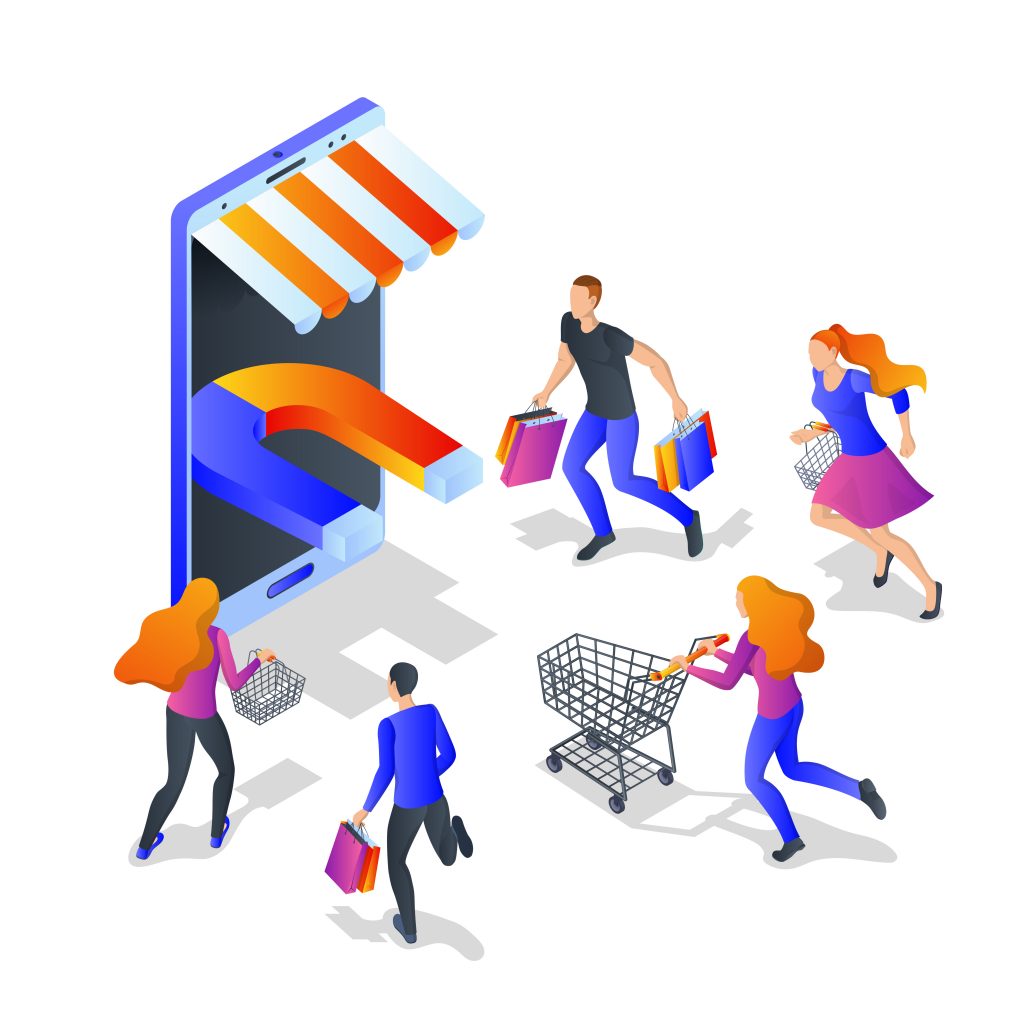This post examines how digital technology has changed purchasing behaviours and common misunderstandings many businesses have about engaging buyers online.
Whether you’re a manufacturer collaborating with retail partners, or a wholesale distributor that sells to both businesses and direct to consumers—your customers interact with multiple touchpoints before deciding to buy.
The multiple channels that contribute to conversions likely include social media, content marketing, search engines, websites, emails, and advertising. Interacting with a salesperson or in-store display is just one facet of an increasingly complex customer journey that probably began online.
Despite the unflagging emergence of the digital path to purchase, many B2B organisations continue to lag in the adoption of technology and data-driven approaches.
Let’s explore common misconceptions B2B companies have about the purpose and value of digital channels and why you need holistic business systems that allow you to integrate on and offline activities.
1: Putting information online won’t automatically boost sales
Today’s buyer is savvier and they like being able to do their own research online. People may be likely to trust online reviews or third-party sites more than your marketing messages.
Research by SiriusDecisions found that 67 per cent of the buyer’s journey now happens digitally—but the company stresses that doesn’t mean people won’t engage with sales people at any stage of their journey or that you need to wait for them to reach out. Digital channels should augment the expertise and relationship-building efforts of your sales and marketing teams.
2: E-commerce is not the only reason to list products online
E-commerce is booming. A study of Australian online shopping trends released by Australia Post shows that one in five purchases in 2017 were made from a mobile device, ‘buy now pay later’ services were more in demand, and online spending grew by almost 20 per cent since 2015. In 2020, we are seeing an ever-increasing move towards on-line shopping as “bricks and mortar” retail declines.
However, online sales are not the only reason to showcase your products and services online. Many buyers research online before purchasing in more traditional ways, such as by engaging with a salesperson or shopping in-store. The most important factor—as Australia Post’s report highlights—is that customer gets a “…frictionless end-to-end shopping experience, with easy access across all devices, simple payment options and convenience across all touchpoints.”
[RELATED – How technology can improve customer experience in wholesale distribution]
3: More channels doesn’t help if the experience is inconsistent
Navigating B2B purchasing is becoming more difficult for buyers. You need to find a balance between reaching people through a variety of channels and ensuring your combined efforts are cohesive and genuinely helpful.
Gartner reports that the amount of quality information available to B2B customers can actually overwhelm rather than empower them—especially if your channels aren’t well coordinated. Consistency of information across all channels improves customers’ ability to successfully purchase: “…those who report consistency are roughly 4.5x more likely to make the purchase.”
[RELATED – What digital transformation means for small and midsized manufacturers]
Embrace digital but focus on delivering a holistic experience
An analysis of the Australian B2B marketing landscape revealed that gap between ‘best practice’ marketers and the rest was widening because businesses were failing to adopt the right processes to improve the customer journey and activate them through the use of technology.
Businesses need to prioritise an integrated approach to engaging and serving customers, and leveraging data about customers, across multiple channels (both on and offline) in order to remain competitive.
For many manufacturers and distributors, the ideal solution is an Enterprise Resource Planning (ERP) system. ERP solutions enable you to:
- Consolidate information across multiple business areas and from multiple data sources (including e-commerce and social media).
- Provide a single customer view and track your transactional and relationship history with ease throughout the entire customer lifecycle.
- Link CRM tools and sales management processes to financial, operational, production and order fulfilment workflows and analyse data at an organisational level.
- Create an end to end solution that ensures on time, in full delivery for your customer
- Co-ordinate front office (sales/e-commerce) with back-office delivery, inventory, finance and purchasing to create a seamless user/customer experience and to encourage repeat customers through outstanding customer service.
Businesses must remember that a great website with excellent search engine optimisation is only part of the solution. The business still has to purchase the right inventory, stock the inventory, pick and ship the inventory in a timely manner and invoice the customer. A complete, “integrated” journey, matters to the customer.
Digital channels matter, but sales and long-term customer loyalty rely on delivering a cohesive and simplified customer experience enterprise-wide. Consider end-to-end business systems to support a frictionless, end-to-end experience for buyers.
We’re experts in cutting-edge ERP solutions and implementing them in ways that enhance how your business engages customers. Get in touch now.

